Introduction
The allure of AI and its integration into personal computing

In the digital tapestry of the 21st century, artificial intelligence (AI) has emerged as the most intricate and mesmerizing thread. Once a distant dream confined to the pages of science fiction, AI now walks among us, not as a looming overlord but as a personal companion, ready to converse, create, and assist in our daily endeavors.
The democratization of AI has been a journey of epic proportions, leading us to a point where tools like Ollama and OpenWebUI stand as testaments to human ingenuity, offering anyone the ability to set up their own ChatGPT-style AI.
This essay embarks on a quest to unravel the mysteries of setting up a personal AI, guiding you through the labyrinth of installation, customization, and interaction. It is a narrative that not only instructs but also inspires, urging you to become a part of the AI revolution that is reshaping our world.
As we delve into the specifics of Ollama and OpenWebUI, we will cross-reference the most up-to-date information, ensuring that your journey is informed by the latest advancements in the field.
The subsequent chapters will provide you with all the knowledge and tools you need to bring your AI to life. From the initial download to the final conversation, every step will be illuminated, leaving no stone unturned in your path to AI mastery.
So, let us begin this adventure with a sense of wonder and the anticipation of the incredible stories that your personal AI will help you tell.
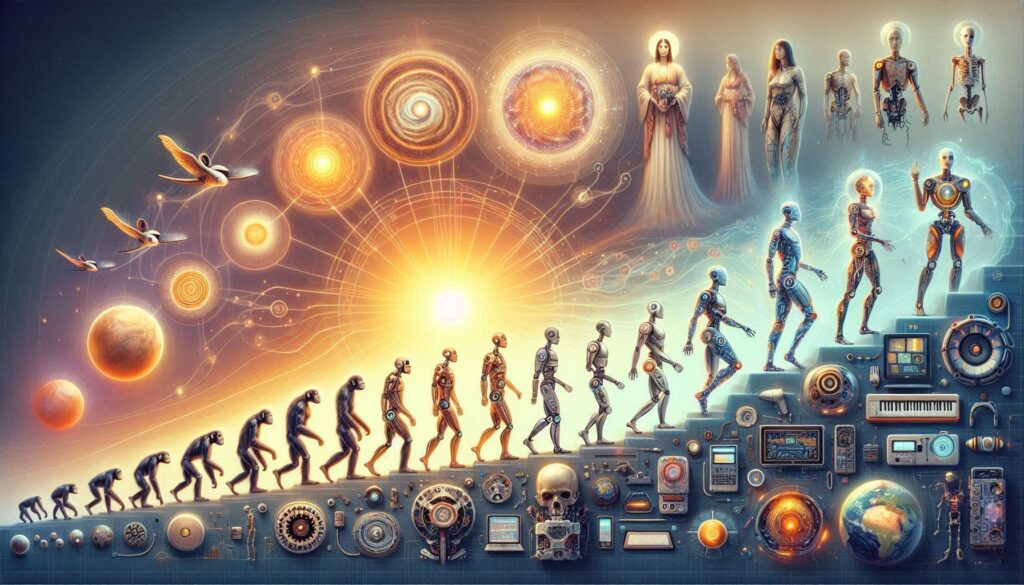
Chapter 1: The Prelude to Personal AI
The odyssey of artificial intelligence (AI) is a saga that spans over seven decades, a journey marked by monumental milestones and groundbreaking innovations.
From the rudimentary computational machines of the mid-20th century to the sophisticated personal AI models of 2024, the evolution of AI has been nothing short of revolutionary.
The Genesis of AI Development Platforms
The inception of AI can be traced back to the 1950s, with the creation of simple machines capable of performing tasks that typically required human intelligence.
These early endeavors laid the groundwork for what would become a relentless pursuit of cognitive mimicry. As computational power surged, so did the capabilities of AI systems, evolving from basic pattern recognition to complex problem-solving entities.
The turn of the millennium heralded a new era for AI, with the advent of platforms that democratized access to AI technologies. The proliferation of open-source frameworks and cloud-based services in the early 21st century enabled a broader spectrum of developers to experiment with and deploy AI models.
The AI Renaissance: A Decade of Hyper-development
The last decade, in particular, has been characterized by a surge in AI development. The introduction of generative models like GPT and BERT transformed the landscape, allowing for unprecedented natural language processing capabilities.
As AI systems became more powerful, the focus shifted towards making them more accessible. The emergence of user-friendly interfaces and simplified programming libraries opened the doors for non-experts to harness the power of AI.
The Dawn of Personal AI Models
In 2024, personal AI models are ubiquitous, seamlessly integrating into our daily lives. These models, powered by the latest advancements in generative AI, offer personalized experiences across various domains.
Inflection-2.5, for example, stands as a testament to the progress in personal AI. With its empathetic design and competitive performance, it exemplifies the fusion of high IQ and EQ in AI models, making advanced technologies like GPT-4 accessible and relatable to the general public.
The Future Beckons
As we stand at the precipice of further AI advancements, it is clear that the trajectory of personal AI models will continue to ascend.
The integration of AI into personal devices, the enhancement of privacy measures, and the reduction of latency are just a few of the trends shaping the future of personal AI. With each passing year, these models become more ingrained in our lives, promising a future where AI is not just a tool but a trusted ally.
In conclusion, the history of AI development platforms and the rise of personal AI models tell a story of human ingenuity and technological progress. It is a narrative that continues to unfold, with each chapter bringing us closer to a world where AI is as commonplace as the devices we use every day.
As we turn the page to the next chapter, we eagerly anticipate the innovations that will further redefine our relationship with technology.
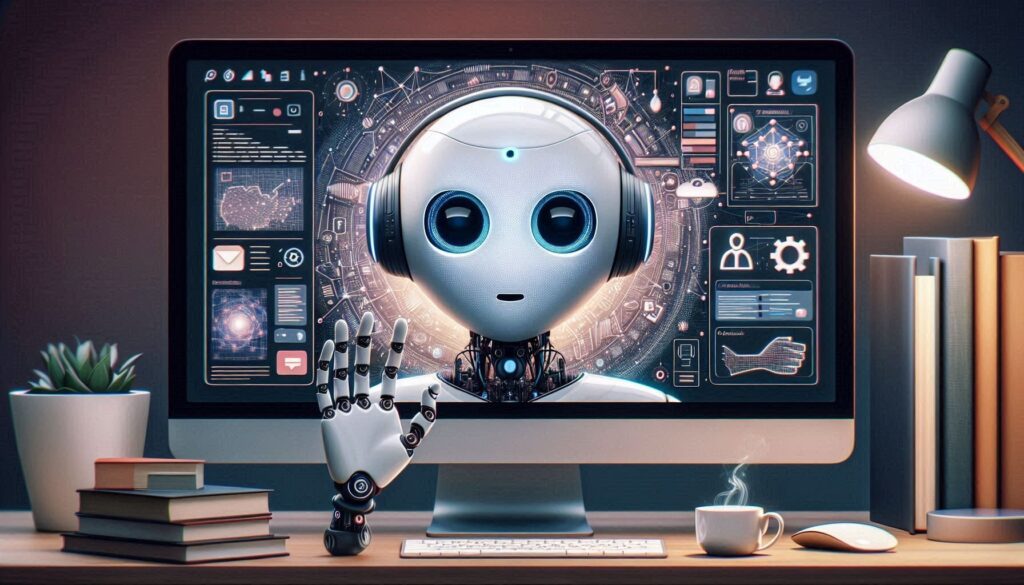
Chapter 2: Choosing Your Tools – Ollama and OpenWebUI
In the landscape of AI, the tools you choose are the bedrock of your experience. As we delve into the world of personal AI models, two names stand out in 2024: Ollama and OpenWebUI.
These platforms have become synonymous with accessibility and versatility in AI, offering a gateway to advanced language models for users across the globe.
Ollama: The Localized AI Powerhouse
Ollama is celebrated for its ability to run large language models (LLMs) like Llama 3 locally, providing users with the power of AI without relying on cloud-based platforms. This local approach ensures greater privacy, reduced latency, and enhanced control over data.
OpenWebUI: The User-Friendly AI Interface
OpenWebUI, formerly known as Ollama WebUI, is an extensible, feature-rich, and user-friendly self-hosted WebUI designed to operate entirely offline. It supports various LLM runners, including Ollama and OpenAI-compatible APIs, making it a versatile tool for interacting with different AI models.
Alternatives to Ollama and OpenWebUI
While Ollama and OpenWebUI are prominent players in the personal AI space, there are alternatives worth considering.
These alternatives cater to different needs and preferences, providing users with a range of options to explore.
Conclusion
The choice of Ollama and OpenWebUI reflects a commitment to privacy, control, and ease of use. These tools not only empower users to harness the power of AI but also contribute to a future where AI is an integral part of our daily lives.
As we continue our journey through the world of personal AI, the importance of selecting the right tools cannot be overstated. They are the foundation upon which we build our AI experiences, shaping how we interact with and benefit from this transformative technology.
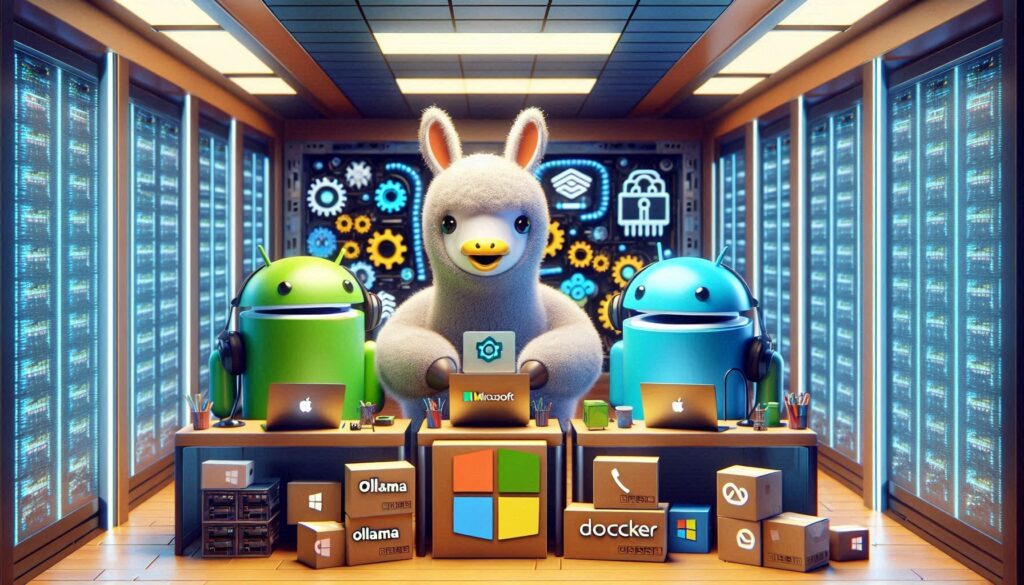
Chapter 3: Setting the Stage with Ollama
This is where we get stuck in, if you prefer, you can follow along with the video which shows how to do each step in this guide:
Embarking on the journey of setting up a personal AI model begins with the installation of Ollama, a platform that brings the power of large language models to your local machine.
This chapter will guide you through the process of installing Ollama on various operating systems, ensuring you have the foundation to explore the capabilities of AI in your own environment.
Installing Ollama on Windows
The latest guide for installing Ollama on Windows outlines a straightforward process:
- Download: Visit the Ollama Windows Preview page and click the download link for the Windows version.
- Installation:
- Navigate to your Downloads folder and locate the Ollama installer (it should have a
.exeextension). - Double-click the installer to initiate the installation process.
- If prompted by Windows security, allow the app to make changes to your device.
- Follow the installation wizard’s instructions to complete the setup.
- Navigate to your Downloads folder and locate the Ollama installer (it should have a
Installing Ollama on macOS and Linux
For macOS and Linux users, the installation process involves a few more steps but remains user-friendly:
- Download: Acquire the installation package from the official Ollama website or trusted repositories.
- Terminal Commands:
- Open the terminal on your system.
- Execute the installation commands provided by the Ollama guide for your specific operating system.
Running Ollama
Once installed, running Ollama is consistent across all platforms:
- Open your terminal or command prompt.
- Use the Ollama CLI to load and run models with commands such as :
ollama run llama3 - Allow time for the model to download and initialize before you begin interacting with it.
Ollama’s API
Ollama also offers an API that allows for seamless integration into your projects. The API supports automatic loading of locally stored LLMs, executing inferences, and unloading after use.
To utilize the API, you must first download the models via the command line with commands like:
ollama pull llama
Conclusion
With Ollama installed, you’re now equipped with a robust AI platform on your local machine. The next step is to enhance your AI experience with a user-friendly interface, which is where OpenWebUI comes into play.
In the following chapter, we’ll explore the installation and configuration of OpenWebUI, completing your setup for a personal AI model.
Chapter 4: Installing and Configuring Docker Desktop
With Ollama set up, the next step is to install Docker Desktop, which will serve as the environment for running OpenWebUI.
Docker Desktop simplifies the management of Docker containers and allows for the seamless operation of OpenWebUI on your local machine.
This chapter will guide you through the installation process of Docker Desktop for Windows, macOS, and Linux systems.
Docker Desktop for Windows
To install Docker Desktop on Windows, follow these steps:
- Download: Visit the Docker Docs page and download the Docker Desktop installer for Windows.
- System Requirements: Ensure your system meets the requirements, including the correct Windows version and enabled WSL 2 feature.
- Installation:
- Run the downloaded
.exefile and follow the on-screen instructions. - If prompted, enable the WSL 2 feature and restart your computer.
- After installation, launch Docker Desktop from the Start menu.
- Run the downloaded
Docker Desktop for macOS
For macOS users, the installation process is similar:
- Download: Obtain the Docker Desktop installer from the Docker website.
- Installation:
- Open the
.dmgfile and drag the Docker icon to your Applications folder. - Run Docker Desktop from your Applications folder.
- Follow any additional prompts to complete the setup.
- Open the
Docker Desktop for Linux
Linux users can install Docker Desktop using package managers or snaps:
- Download: Choose your Linux distribution on the Snapcraft store and follow the detailed installation instructions.
- Installation:
- Use the command line to install Docker Desktop using the snap package manager.
- Follow the prompts to ensure Docker Desktop is properly set up on your system.
Configuring Docker Desktop
Once installed, you may need to configure Docker Desktop to suit your needs:
- Open Docker Desktop and go to Settings.
- Adjust the resources allocated to Docker, such as CPU cores and memory.
- Configure any additional settings, such as network proxies or Kubernetes integration, if required.
Conclusion
Docker Desktop is now installed and configured on your system, providing a robust platform for running OpenWebUI and interacting with your Ollama models.
In the next chapter, we will explore the installation and use of OpenWebUI, completing the setup for your personal AI experience.
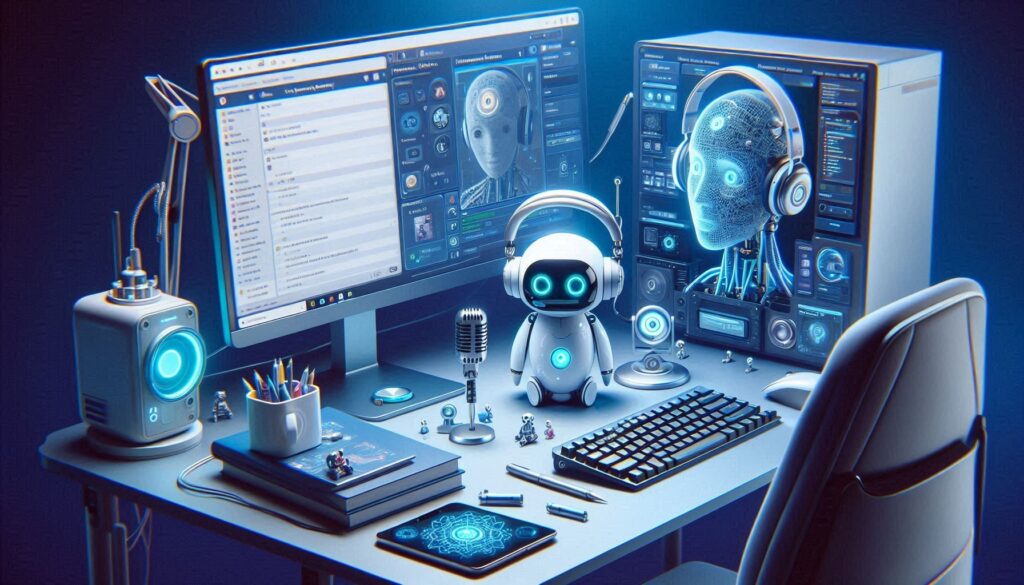
Chapter 5: Installing and Using OpenWebUI
With Docker Desktop installed, we now turn our attention to OpenWebUI, the user-friendly interface that will allow you to interact with your Ollama models.
This chapter will guide you through the installation process of OpenWebUI and provide an overview of its features and functionalities.
Installing OpenWebUI
OpenWebUI can be installed using Docker, offering a straightforward setup process:
- Download: Access the latest version of OpenWebUI from the official GitHub repository or the documentation site.
- Docker Installation:
- Open your terminal or command prompt.
- Run the Docker command provided in the OpenWebUI documentation to pull and run the OpenWebUI container.
- The command will look something like this:
docker run -d -p 3000:8080 --name open-webui --restart always ghcr.io/open-webui/open-webui:main - This will download and start the OpenWebUI container, binding it to port 3000 on your local machine.
Configuring OpenWebUI
After installation, you may want to configure OpenWebUI to suit your preferences:
- Access OpenWebUI by navigating to
http://localhost:3000/in your web browser. - Register a local account to start interacting with your AI models.
- Explore the settings to customize themes, enable syntax highlighting, and more.
Features of OpenWebUI
OpenWebUI comes packed with features that enhance your AI experience:
- Intuitive Interface: Inspired by ChatGPT, the interface is designed to be user-friendly and responsive on both desktop and mobile devices.
- Theme Customization: Personalize your experience by choosing from a variety of themes.
- Markdown and LaTeX Support: Elevate your interactions with comprehensive Markdown and LaTeX capabilities.
- Local RAG Integration: Seamlessly integrate document interactions into your chat experience with Retrieval Augmented Generation support.
- Multiple Model Support: Switch between different chat models for diverse interactions.
- Multi-Modal Support: Engage with models that support multimodal interactions, including images (e.g., LLava).
Conclusion
OpenWebUI is now installed and ready for use, providing a gateway to a rich and interactive AI experience. With its extensive features and user-friendly design, OpenWebUI stands as a testament to the advancements in personal AI interfaces.
In the next chapter, we will delve into customizing your AI experience, exploring the various ways you can tailor Ollama and OpenWebUI to your needs.
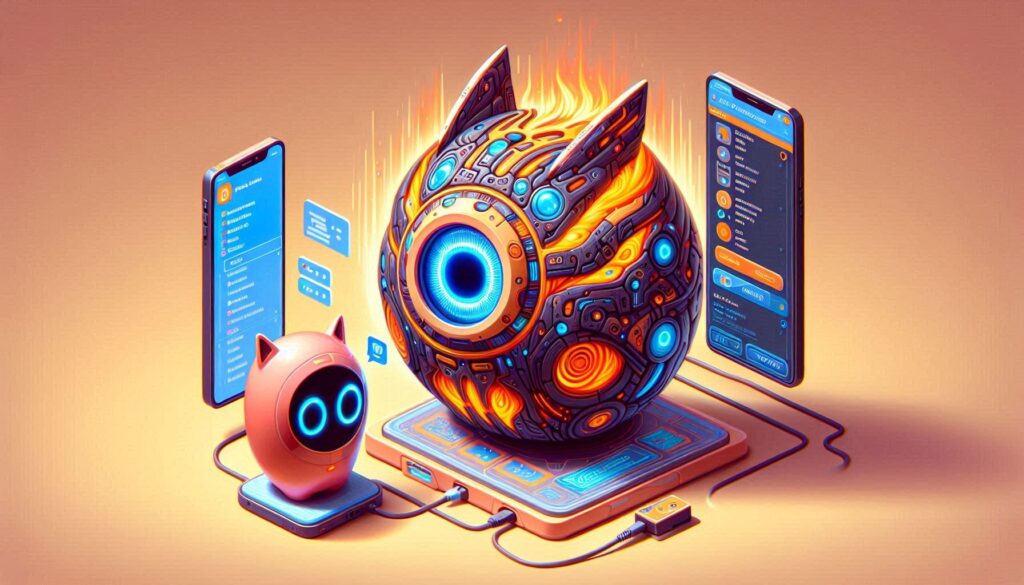
Chapter 6: Customizing Your AI Experience with Ollama and OpenWebUI
Now that you have Ollama and OpenWebUI installed, it’s time to tailor the experience to your preferences and needs. This chapter will explore the various customization options available, allowing you to make the most out of your personal AI.
Personalizing Ollama
Ollama offers several customization options to enhance your interaction with AI models:
- Model Selection: Choose from a variety of models to find the one that best suits your needs, whether it’s for casual conversation, technical assistance, or creative writing.
- Parameter Tuning: Adjust model parameters such as temperature and max tokens to fine-tune the responses you receive.
- API Integration: Utilize Ollama’s API to integrate AI capabilities into your own applications, providing a seamless user experience.
Enhancing OpenWebUI
OpenWebUI’s customization features allow for a more engaging and personalized interface:
- Theme Customization: Select from a range of themes to change the look and feel of the interface to match your style.
- Markdown and LaTeX: Use Markdown for formatting and LaTeX for mathematical expressions to enrich the content you create or interact with.
- Local Storage: Manage your conversations and data locally, ensuring privacy and control over your information.
Advanced Customizations
For those looking to dive deeper, advanced customizations can unlock even more potential:
- Plugin Development: Create plugins for OpenWebUI to add new features or integrate with other services.
- Model Training: Train your own models with Ollama to develop AI that understands your specific context and preferences.
- Community Contributions: Engage with the Ollama and OpenWebUI communities to share customizations and learn from others.
Conclusion
Customizing your AI experience with Ollama and OpenWebUI not only enhances your interactions but also empowers you to shape the AI to your unique use cases.
Whether you’re a developer, a creative writer, or simply an AI enthusiast, the possibilities are endless. In the next chapter, we will look at real-world applications and the creative uses of personal AI models.
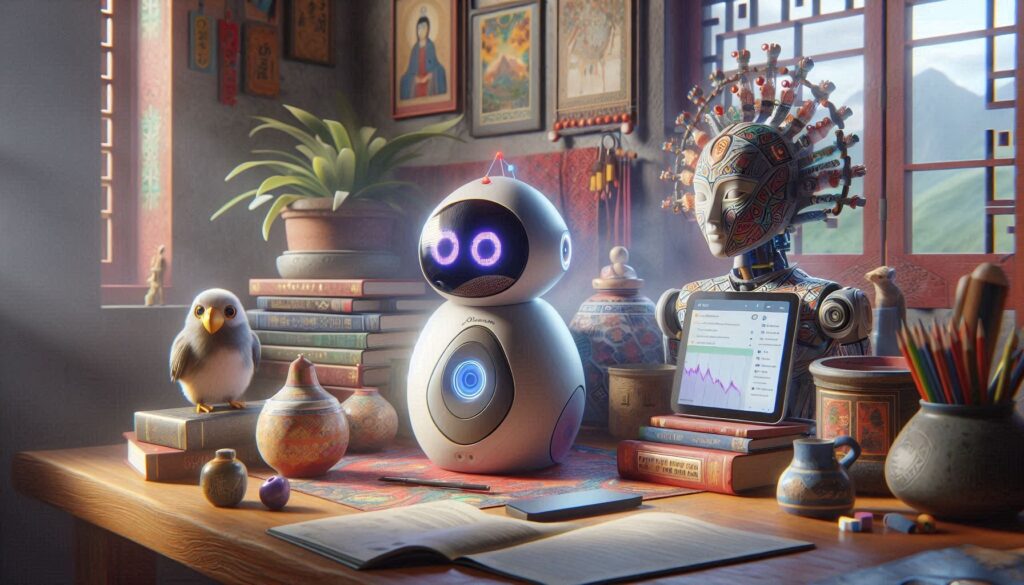
Chapter 7: Beyond the Setup – Living with Your AI
With Ollama and OpenWebUI customized to your liking, it’s time to explore the practical applications of your personal AI.
This chapter will delve into the myriad ways AI can enhance various aspects of your life, from productivity and creativity to learning and entertainment.
Productivity and Professional Use
AI models like those provided by Ollama can significantly boost productivity in professional settings:
- Automated Responses: Use AI to handle routine customer inquiries, freeing up time for more complex tasks.
- Data Analysis: Leverage AI’s ability to process and analyze large datasets, providing insights that can inform business decisions.
- Project Management: Integrate AI into project management tools to predict timelines, allocate resources, and identify potential bottlenecks.
Creative Endeavors
The creative potential of AI is boundless, offering new avenues for artistic expression:
- Writing Assistance: Whether you’re crafting a novel or composing an article, AI can help overcome writer’s block and refine your prose.
- Music Composition: Experiment with AI-generated melodies and harmonies to inspire new musical pieces.
- Graphic Design: Utilize AI to generate visual concepts, color palettes, and design elements.
Learning and Development
AI can also be a powerful ally in education and personal growth:
- Language Learning: Practice conversations with AI in different languages, enhancing your linguistic skills.
- Skill Acquisition: Use AI to guide you through learning new skills, from coding to cooking.
- Personal Coaching: Set goals and track progress with an AI coach that provides motivation and feedback.
Entertainment and Leisure
AI can transform leisure time into an interactive and engaging experience:
- Gaming: Interact with AI-driven characters and narratives that adapt to your choices.
- Virtual Travel: Explore virtual worlds and historical sites with AI as your guide.
- Interactive Stories: Engage with dynamic stories where your decisions shape the outcome, thanks to AI’s generative capabilities.
Ethical Considerations
As we integrate AI into our daily lives, it’s crucial to consider the ethical implications:
- Privacy: Ensure that your data remains private and secure when interacting with AI.
- Bias: Be aware of potential biases in AI models and strive to use AI in a way that promotes fairness and inclusivity.
- Responsibility: Use AI responsibly, recognizing its limitations and the importance of human oversight.
Conclusion
Living with AI offers a wealth of opportunities to enhance every aspect of our lives. As we continue to explore and integrate AI into our daily routines, we open ourselves up to a future where AI is not just a tool but a partner in our journey towards a more efficient, creative, and enlightened existence.
Finally
As we close the pages of this comprehensive guide on setting up and customizing your own AI with Ollama and OpenWebUI, it’s important to remember that the journey into AI is as much about exploration as it is about implementation.
The world of AI is vast and ever-evolving, and the tools at your disposal are powerful and ready to unlock new potentials in productivity, creativity, and personal growth.
Whether you’re a seasoned tech enthusiast or a curious newcomer, the steps outlined in this guide are designed to empower you to take the leap into the world of AI. With Ollama and OpenWebUI, you have the opportunity to engage with AI on your terms, in your space, and at your pace.
So, I encourage you to give it a go. Experiment with the models, play with the settings, and see how AI can enhance your daily life. The future of AI is not just written by developers and researchers; it’s also crafted by users like you who bring these models into the real world.
Remember, every great journey begins with a single step. Take that step today, and embark on an adventure with AI that could redefine the way you work, create, and learn. The possibilities are endless, and they await your command.
Happy exploring!

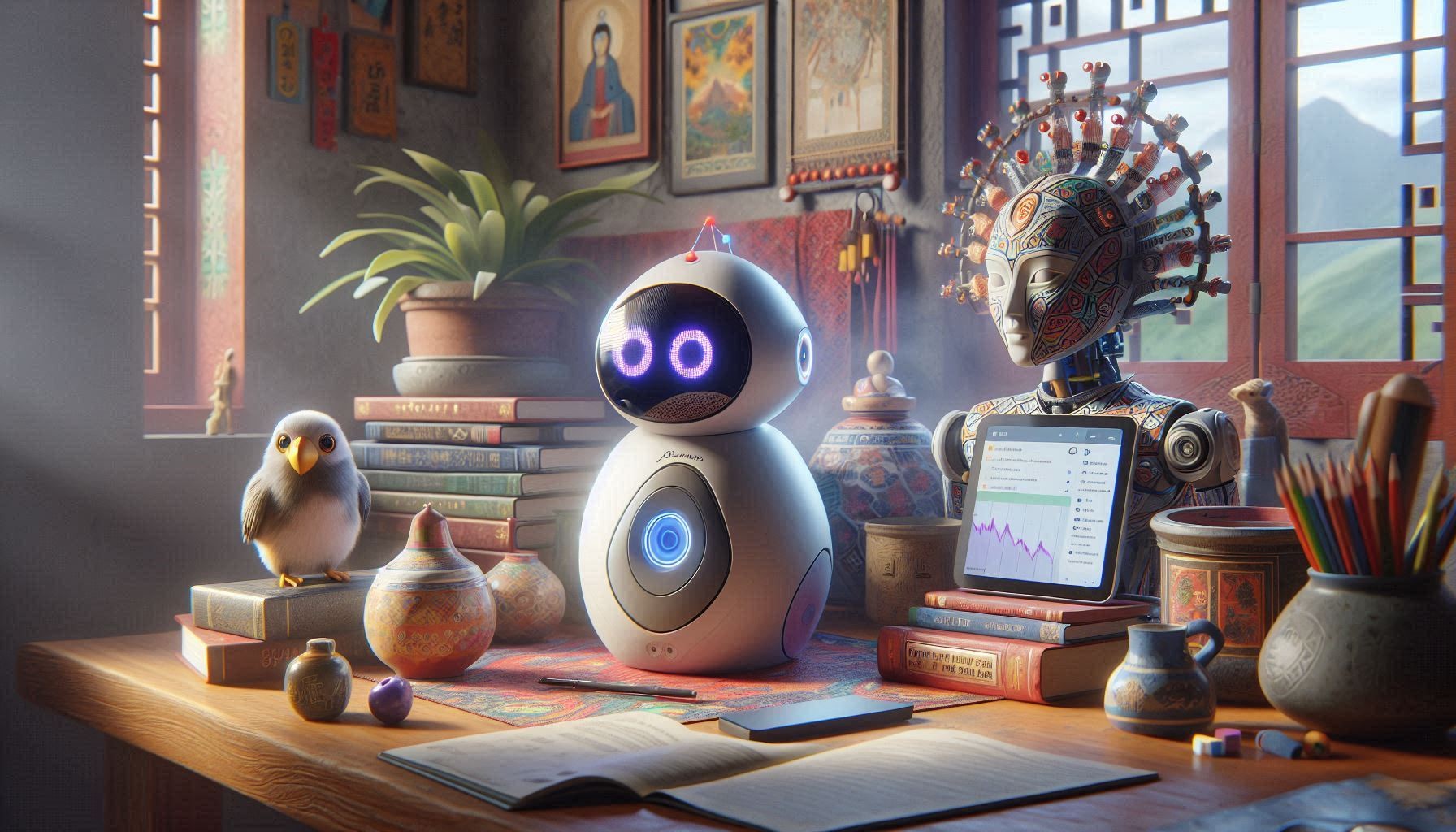
Leave a Reply